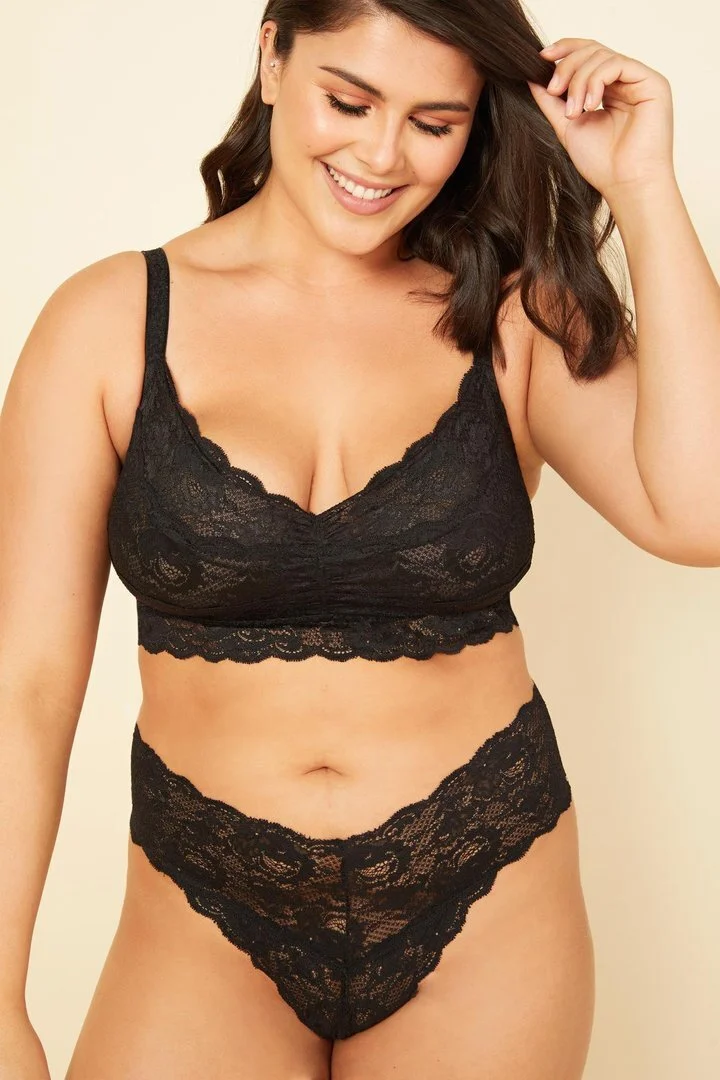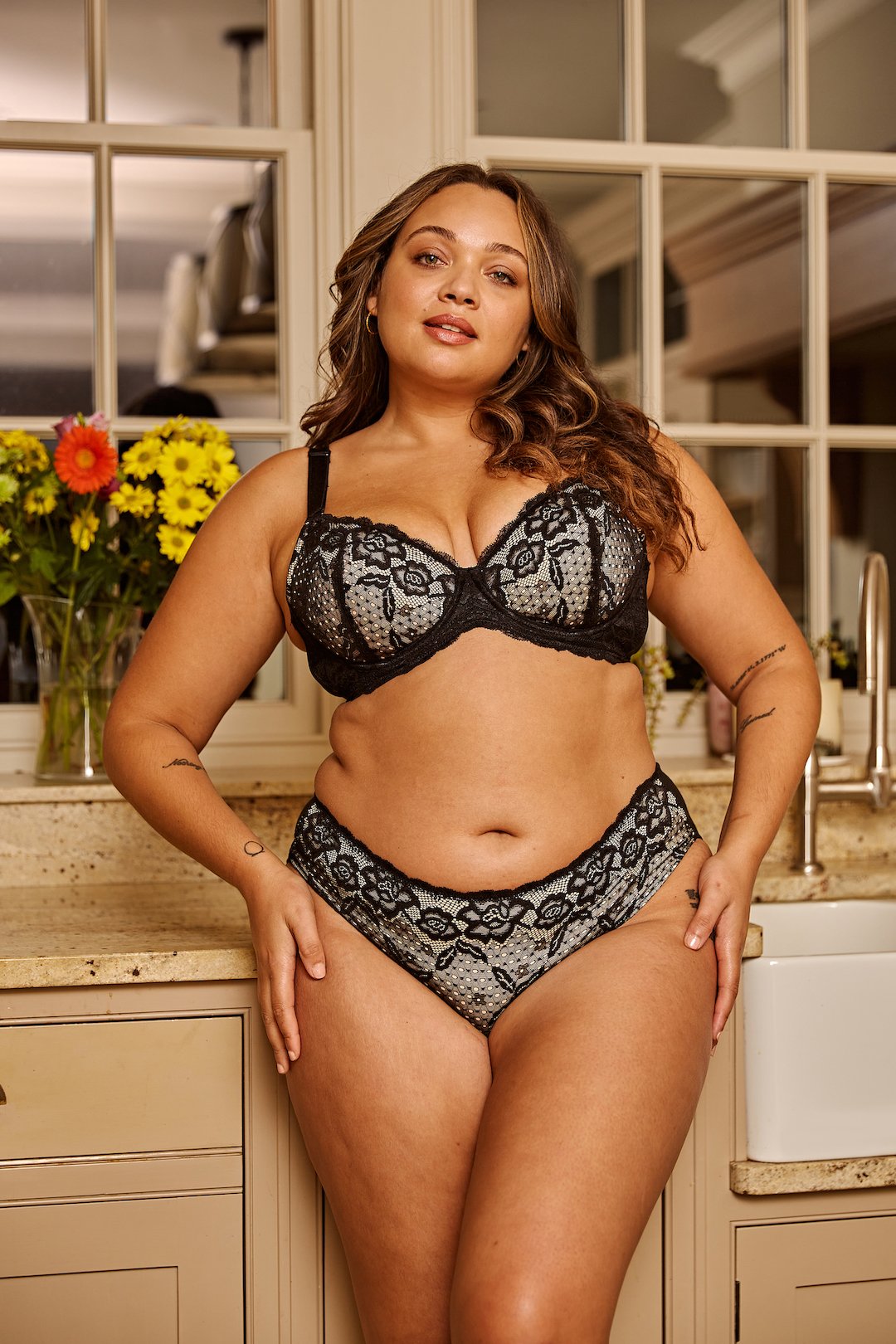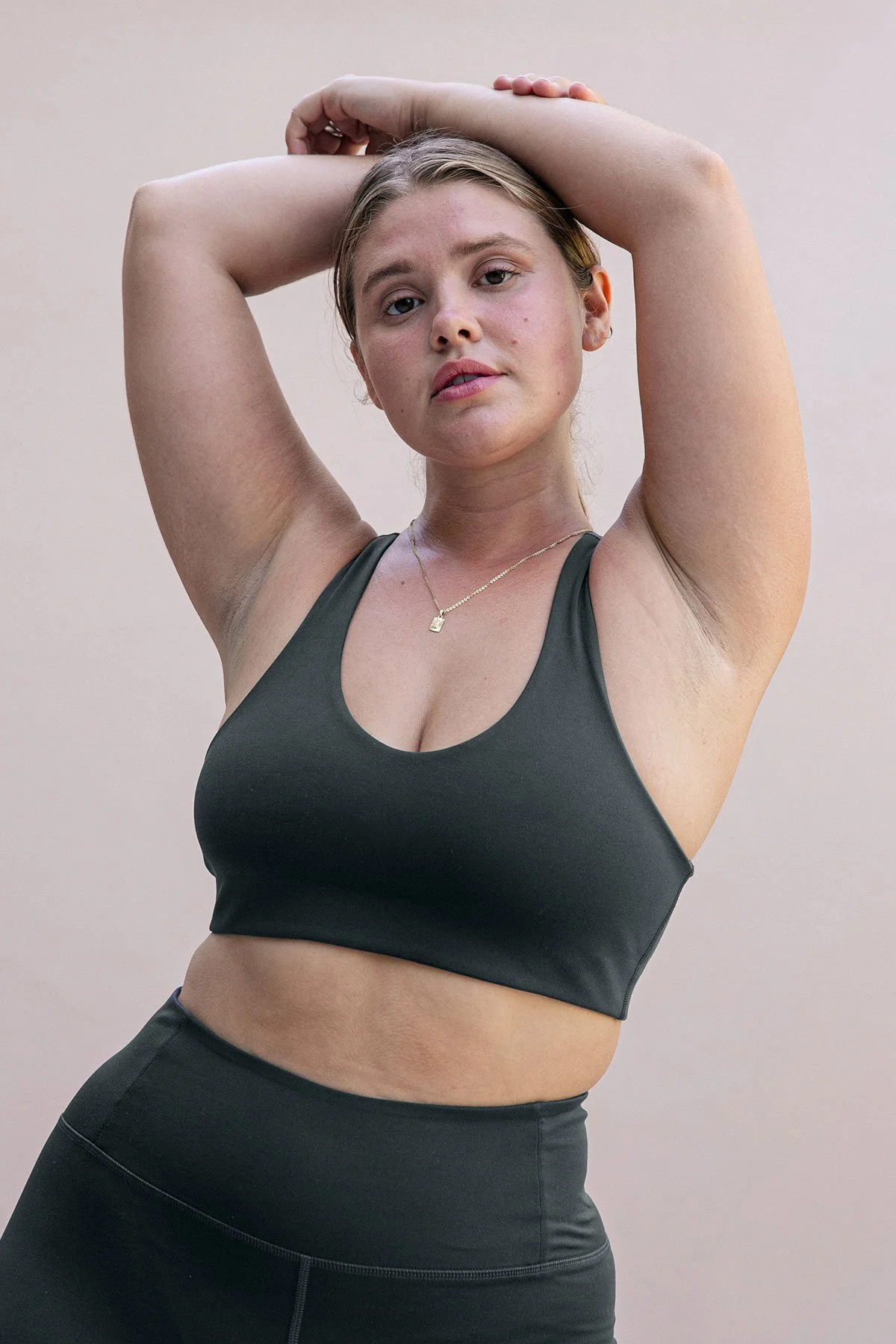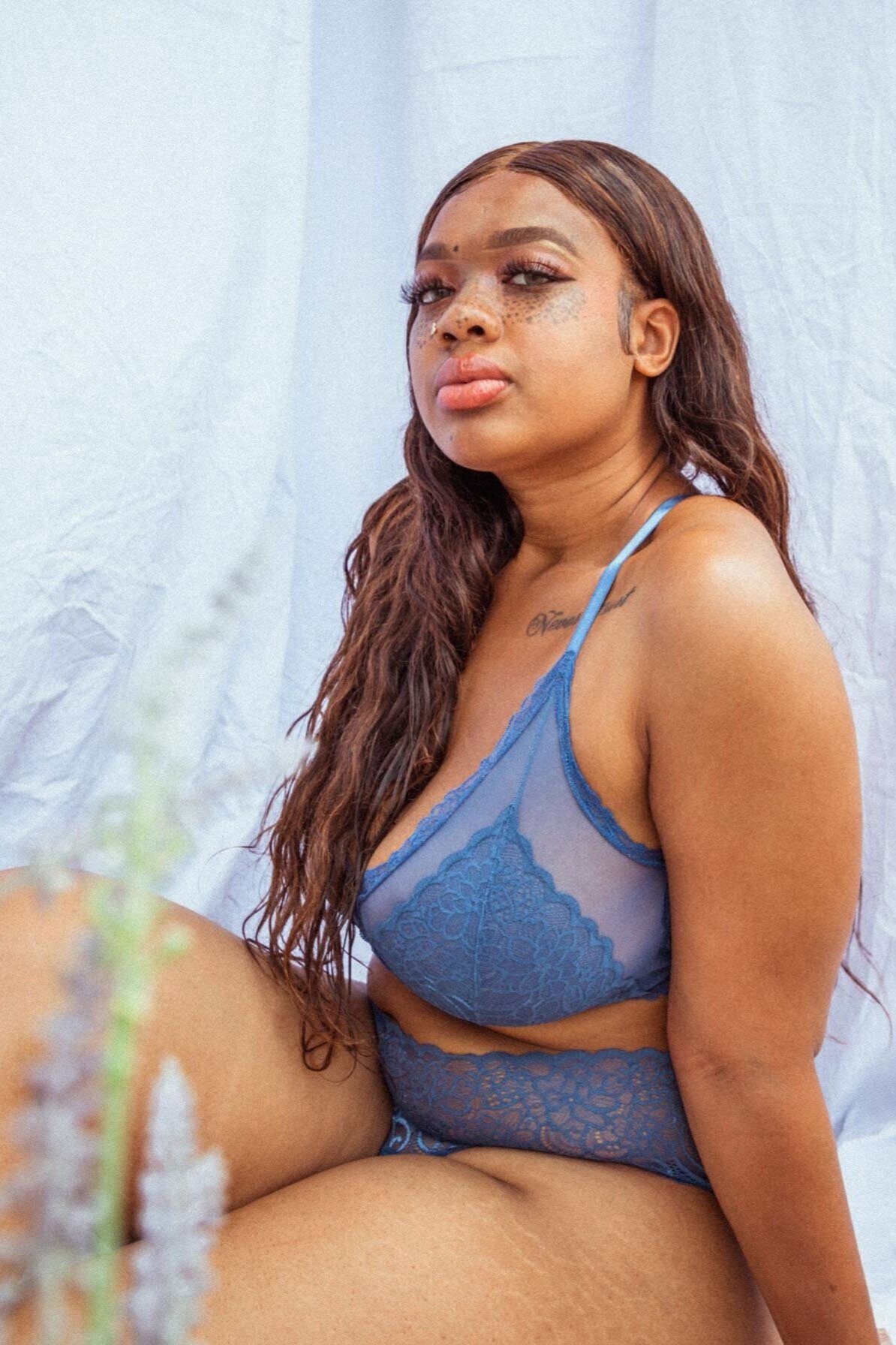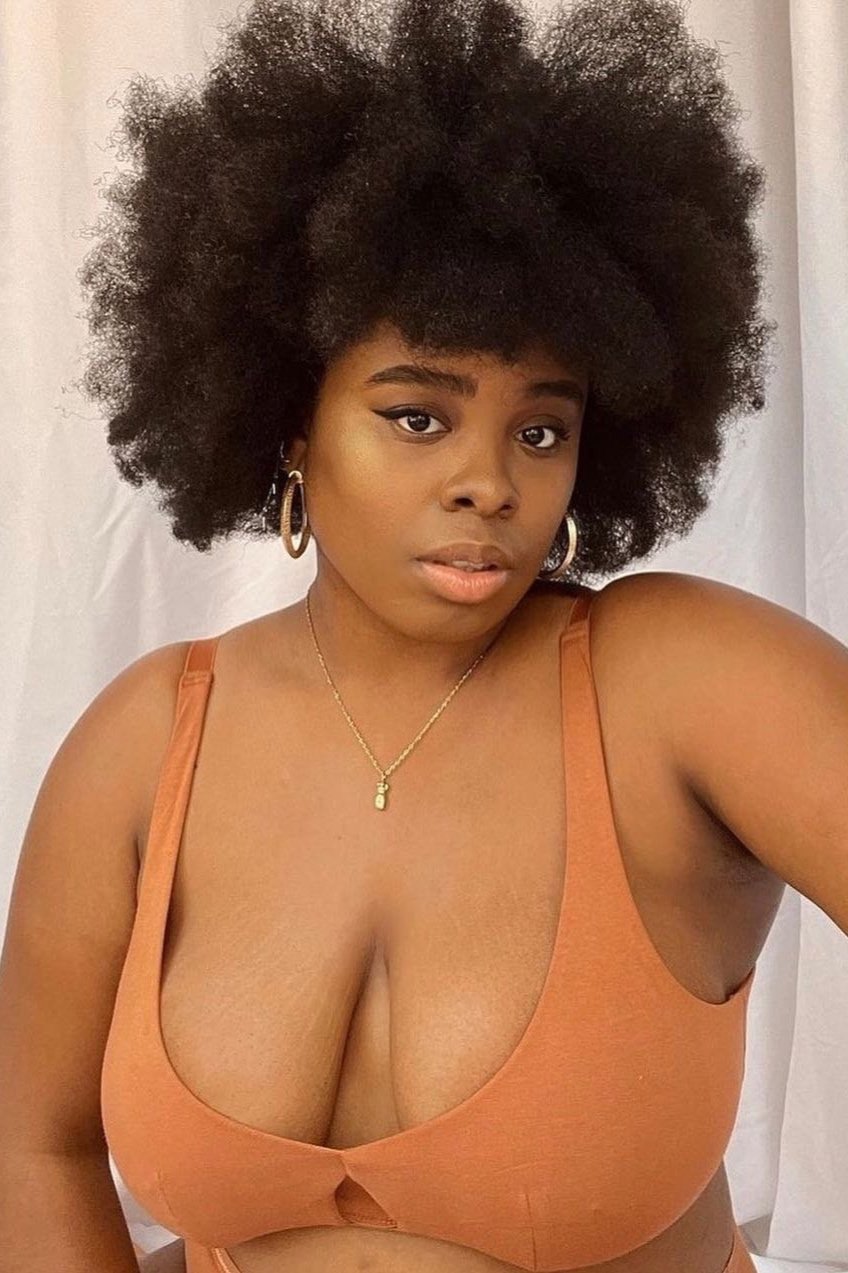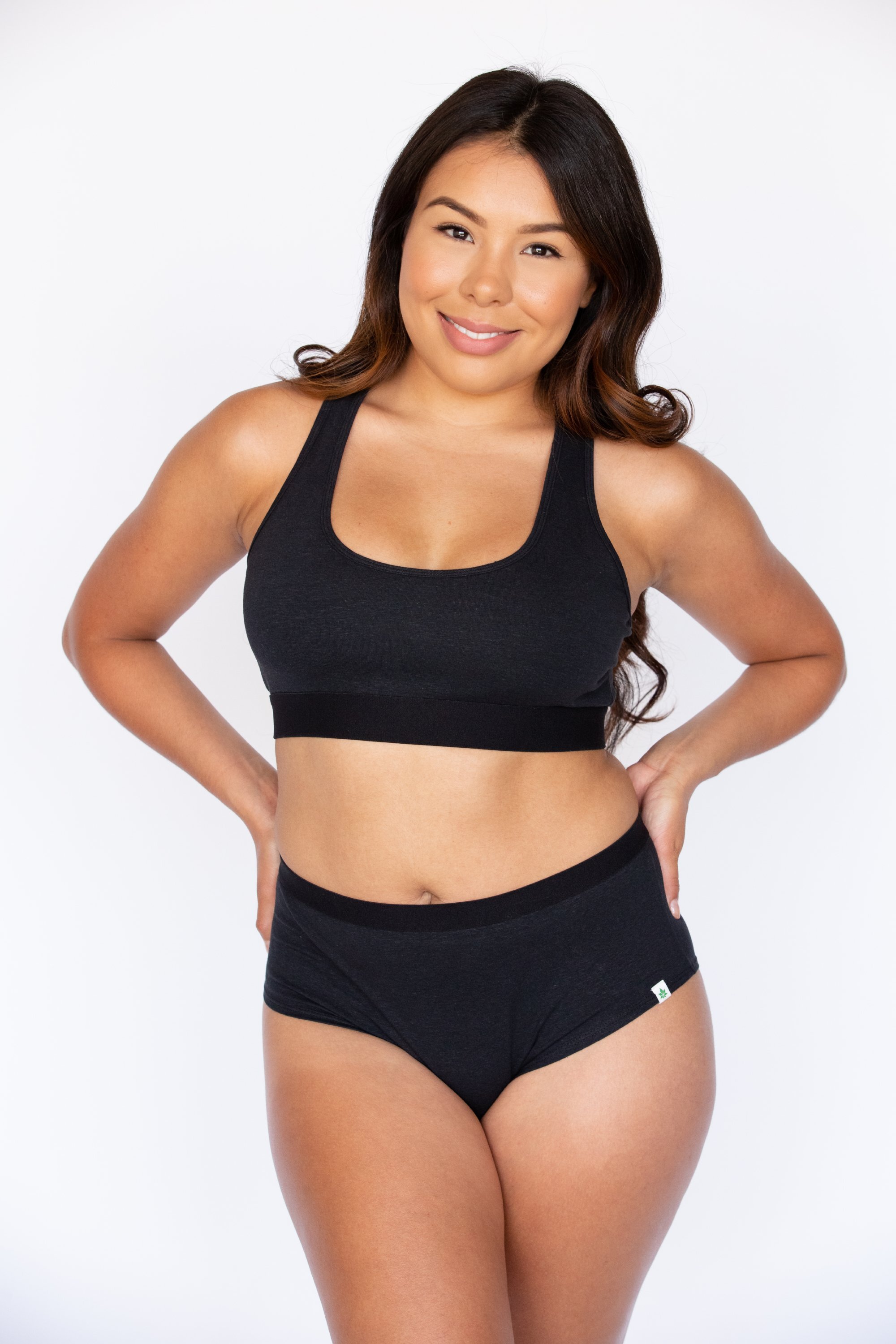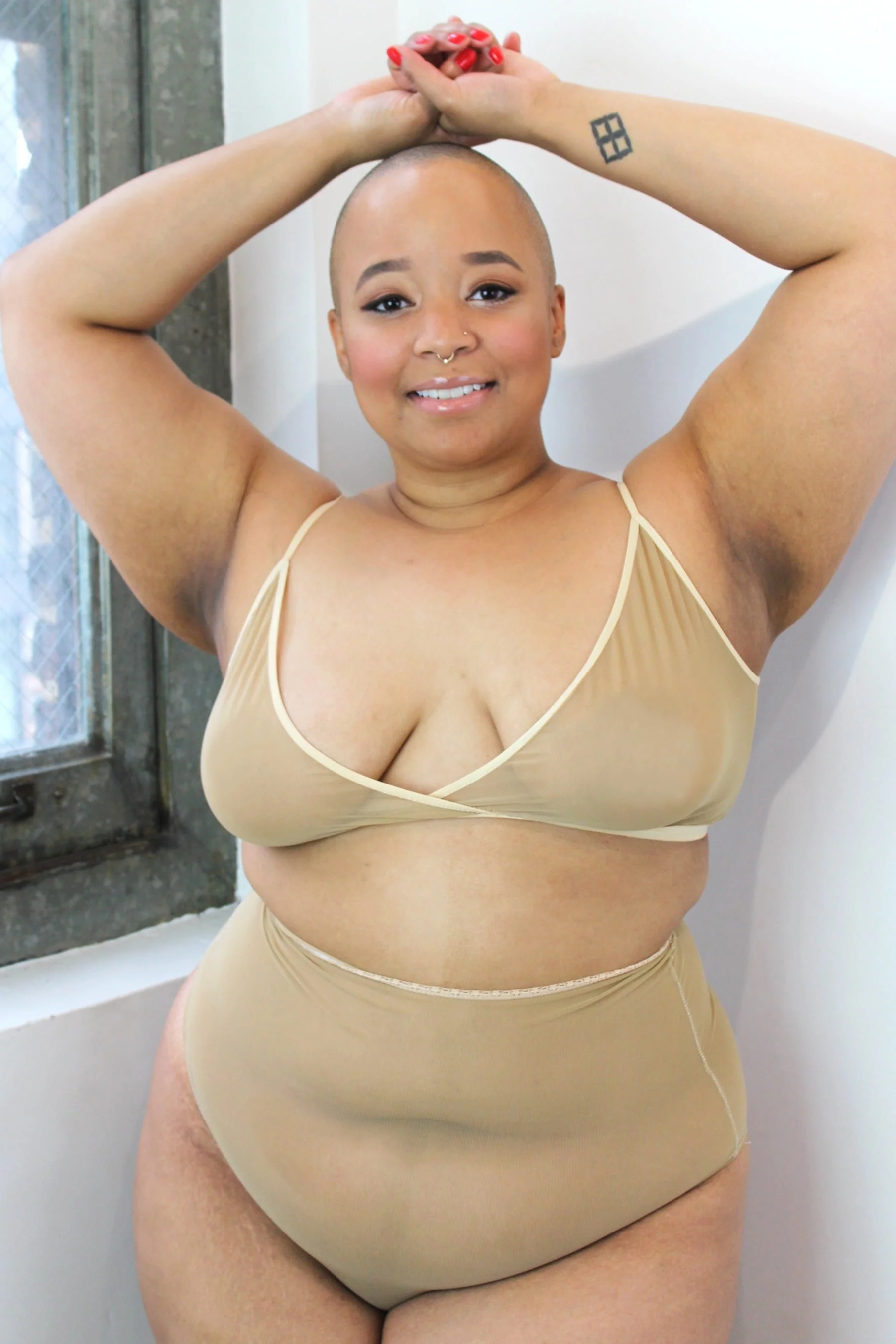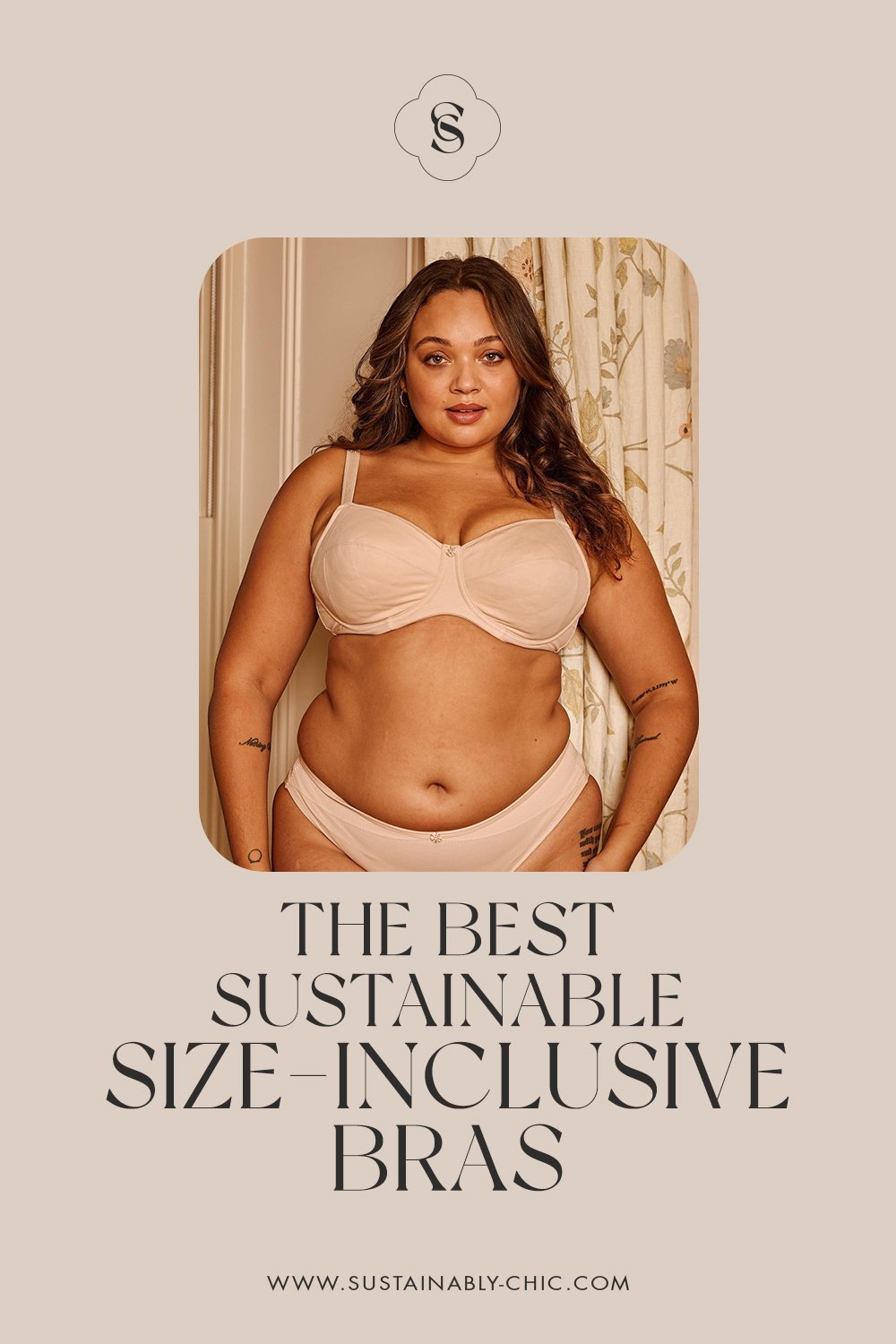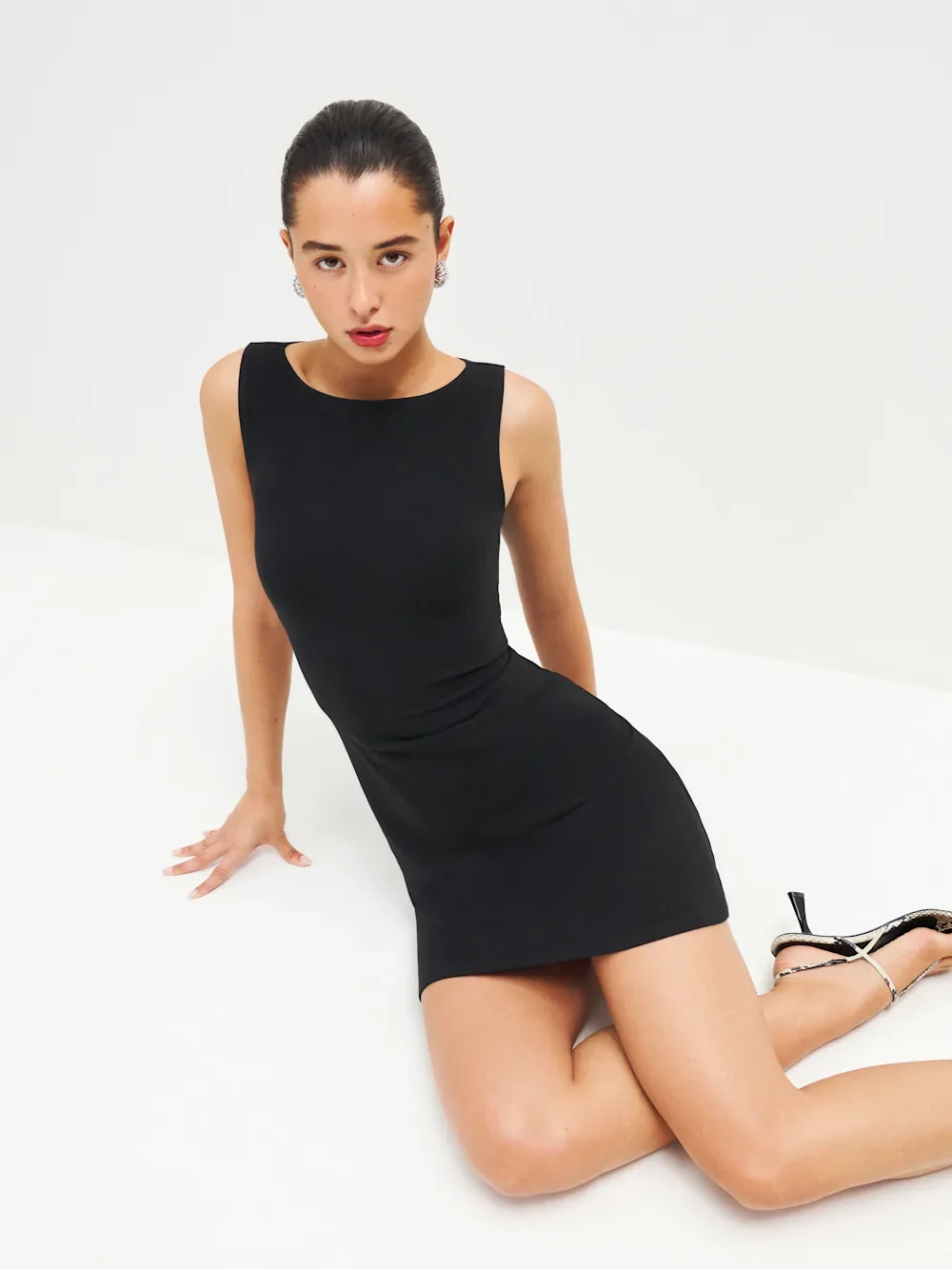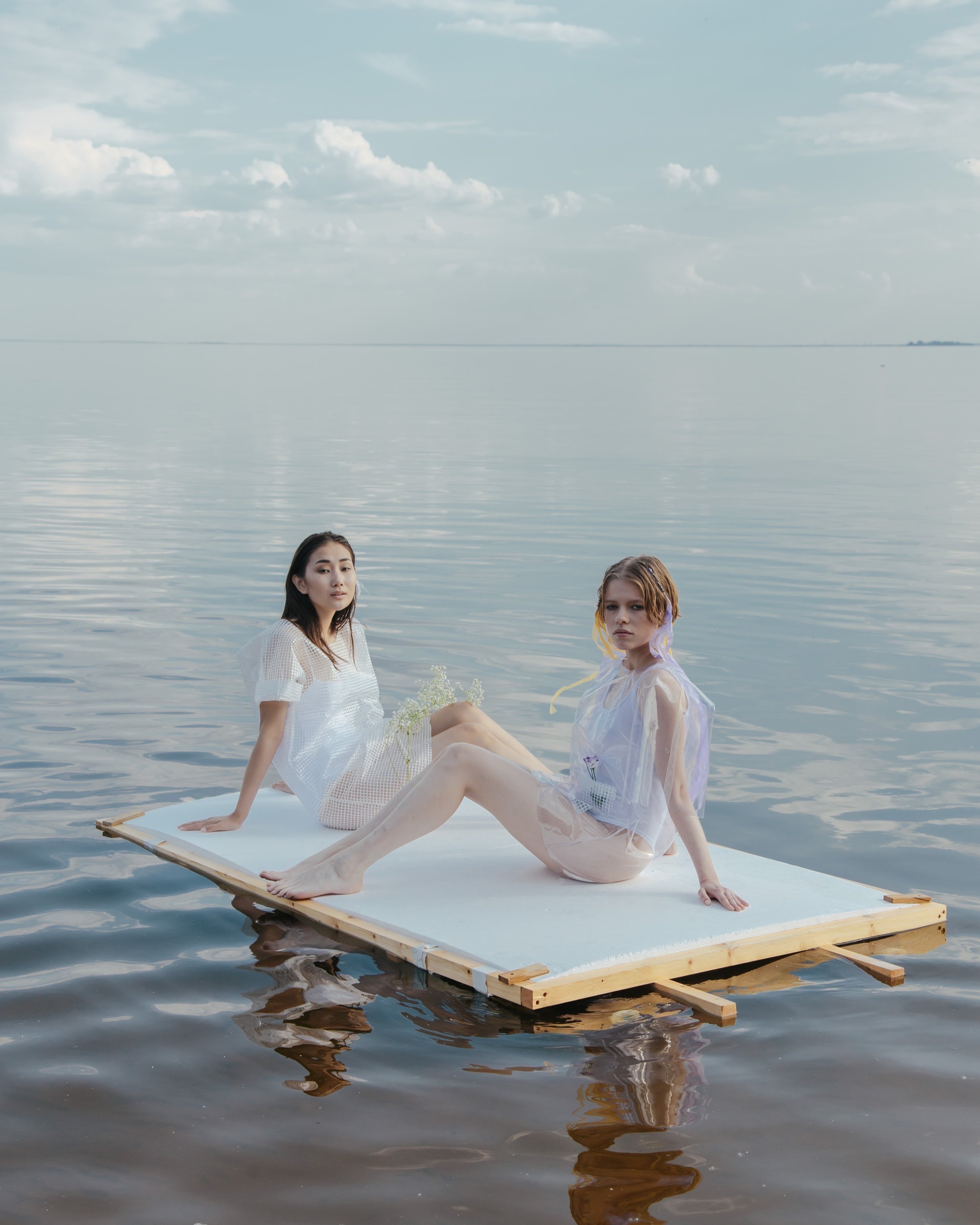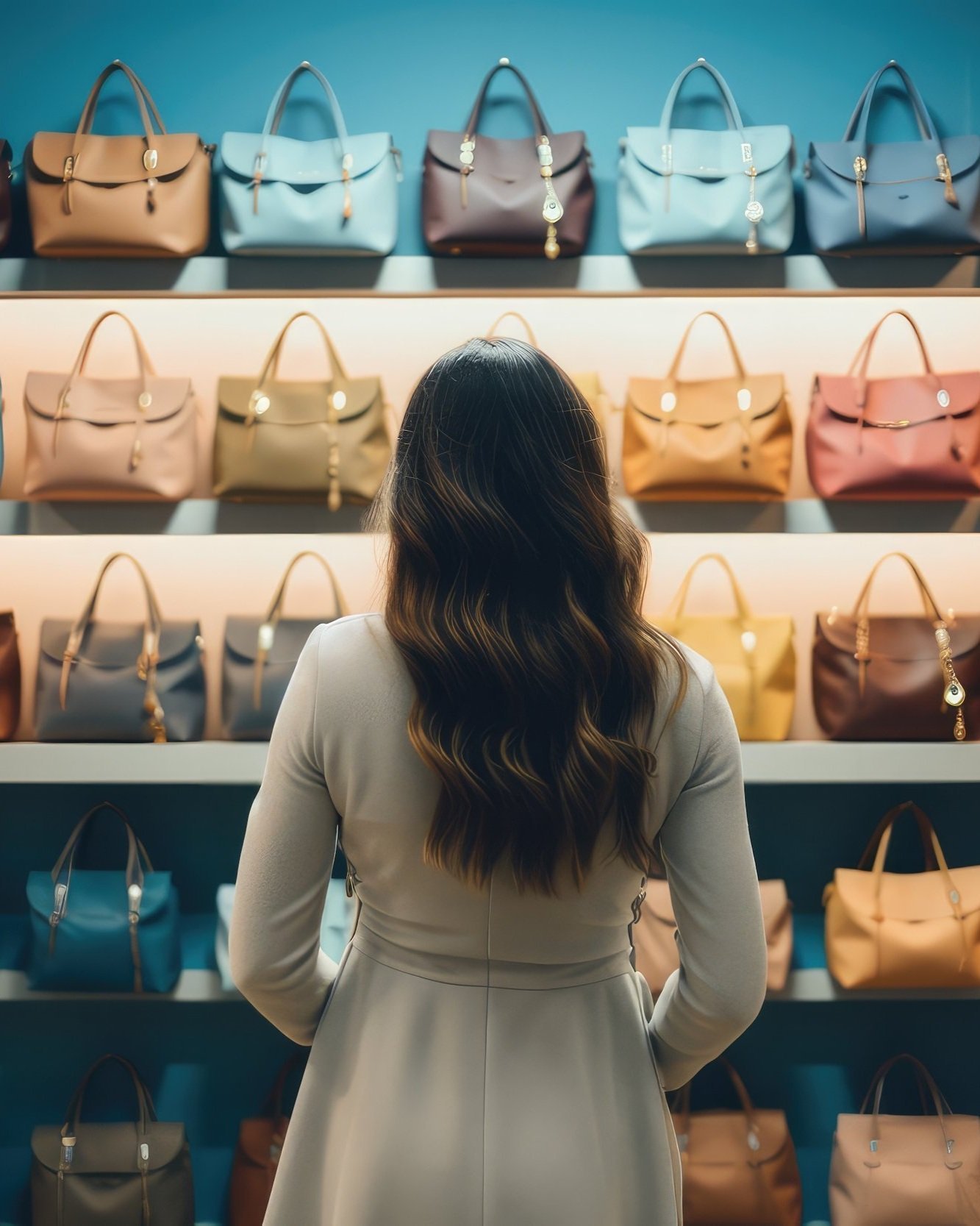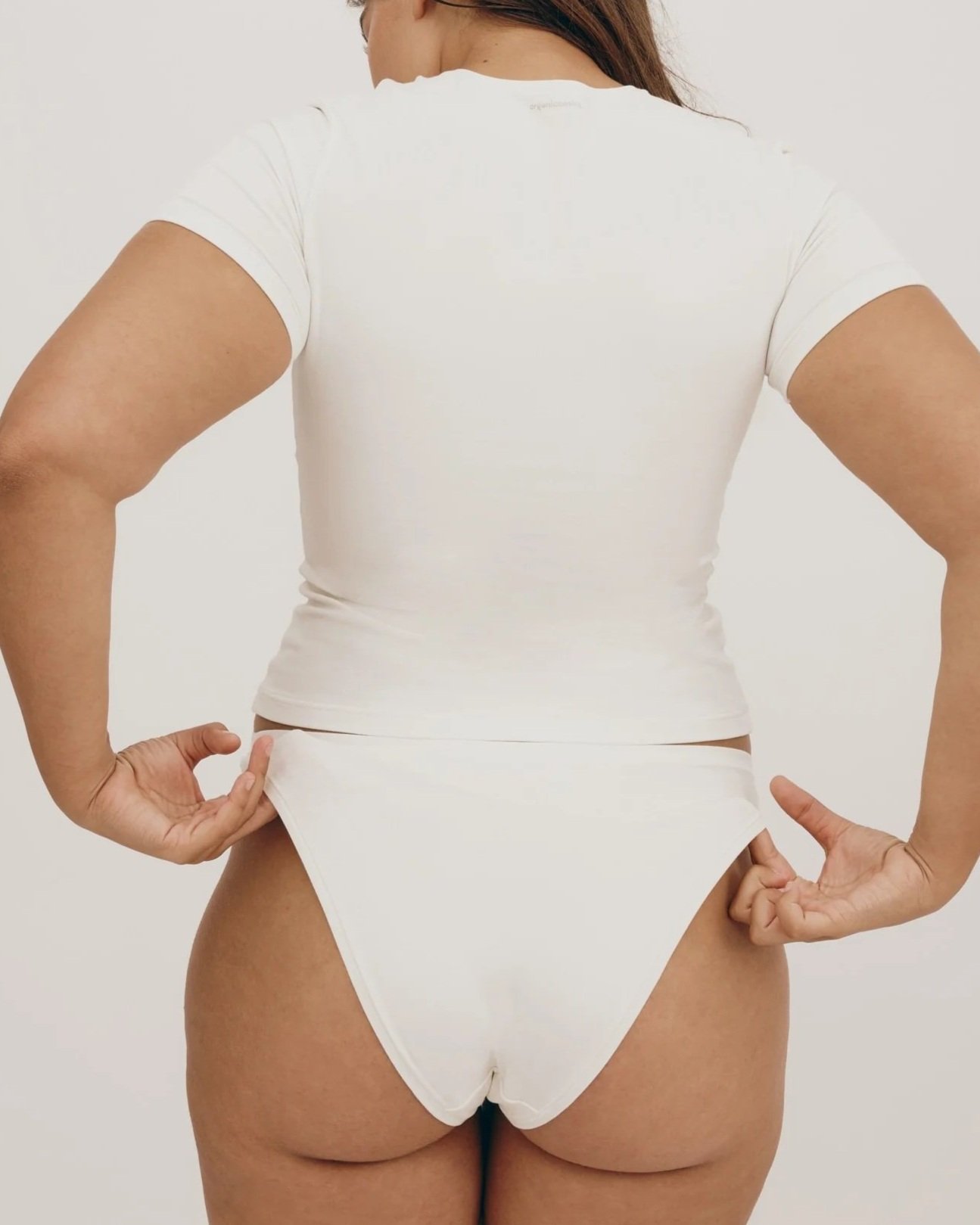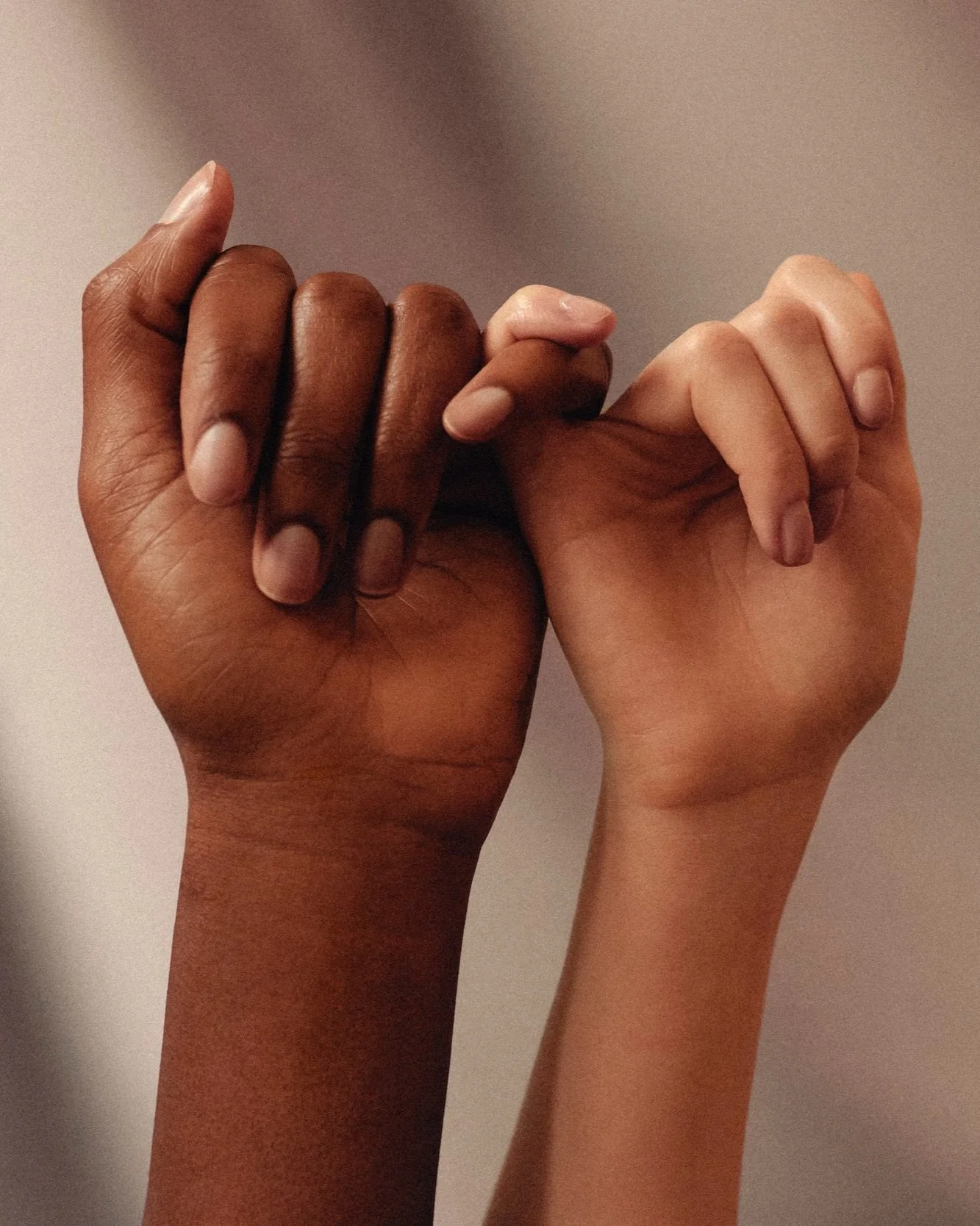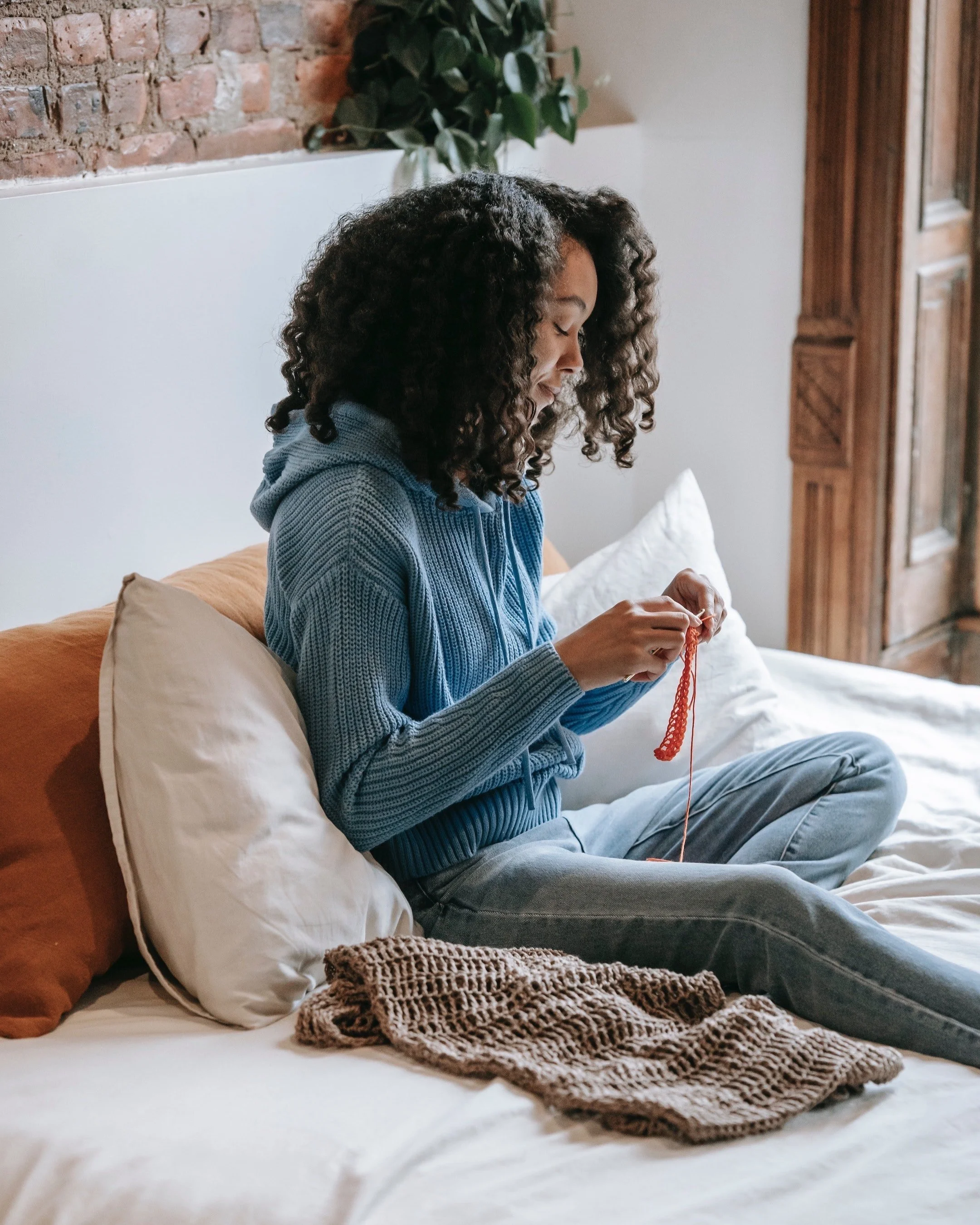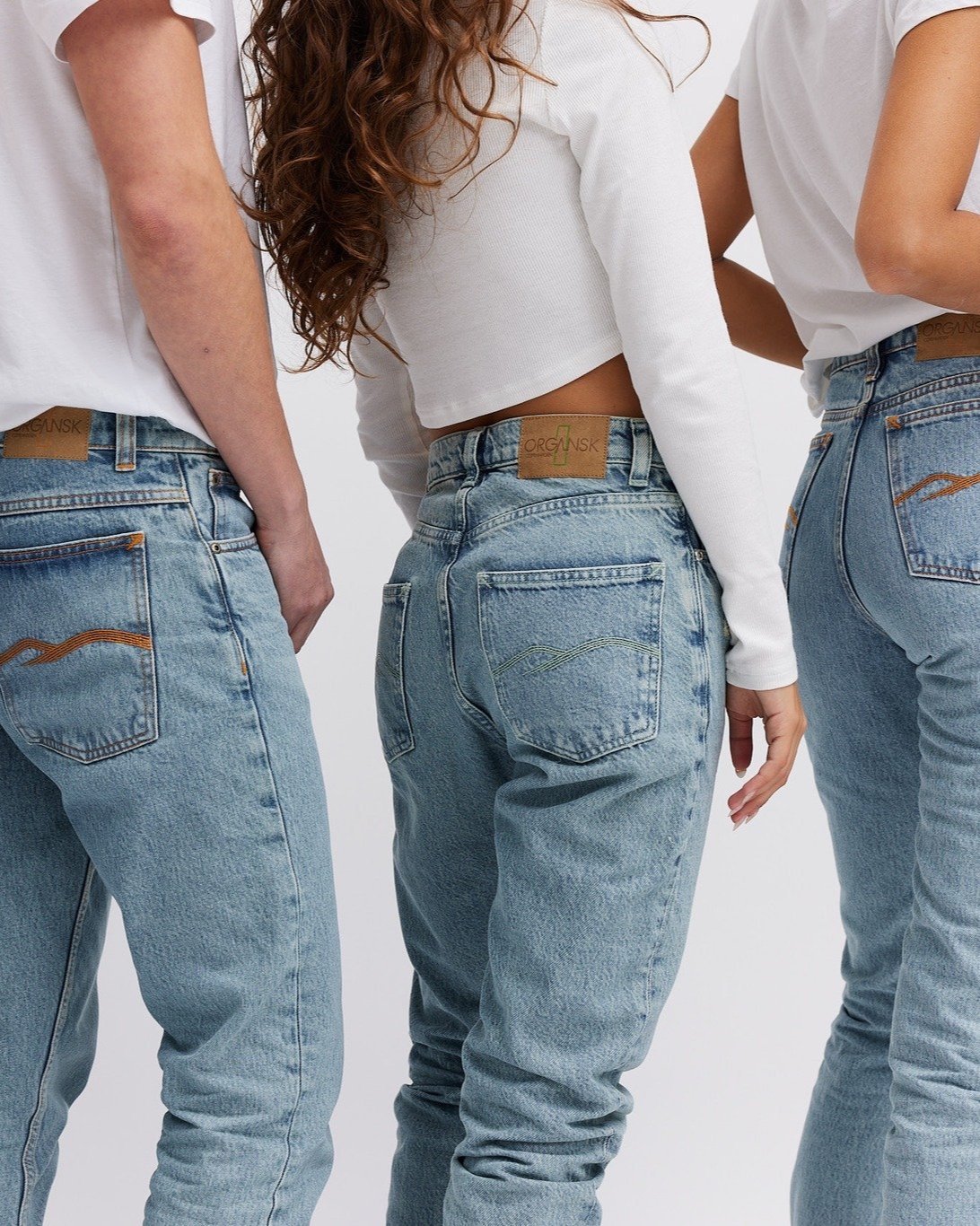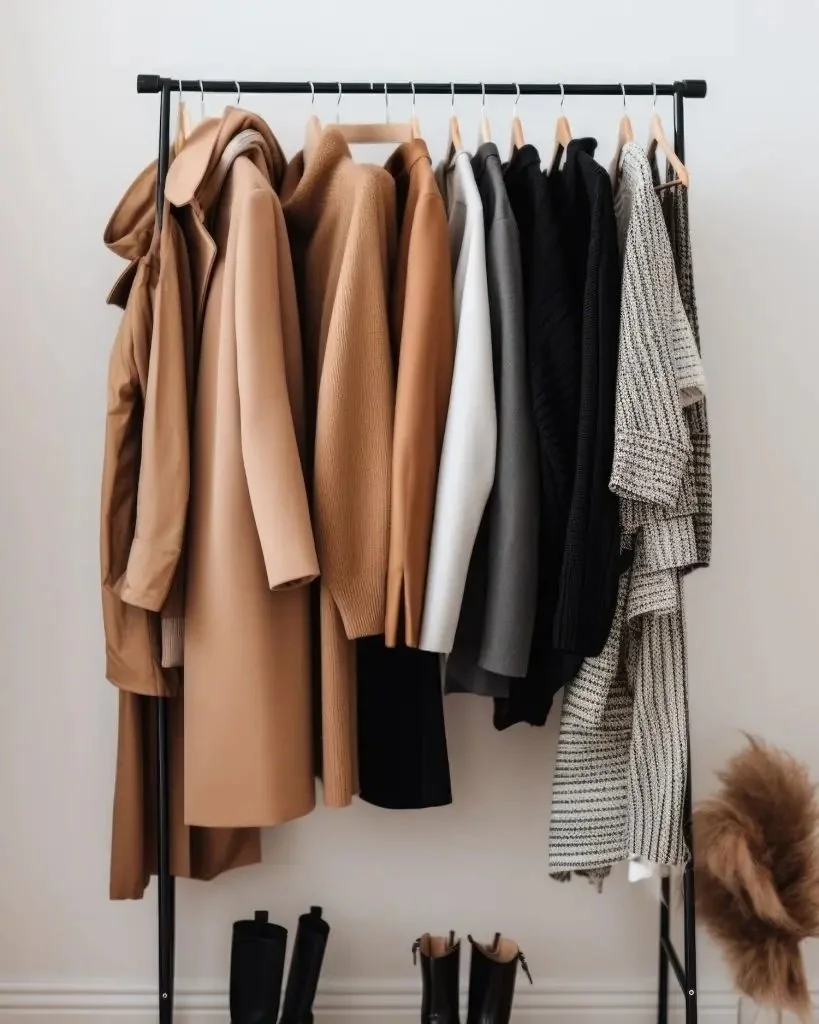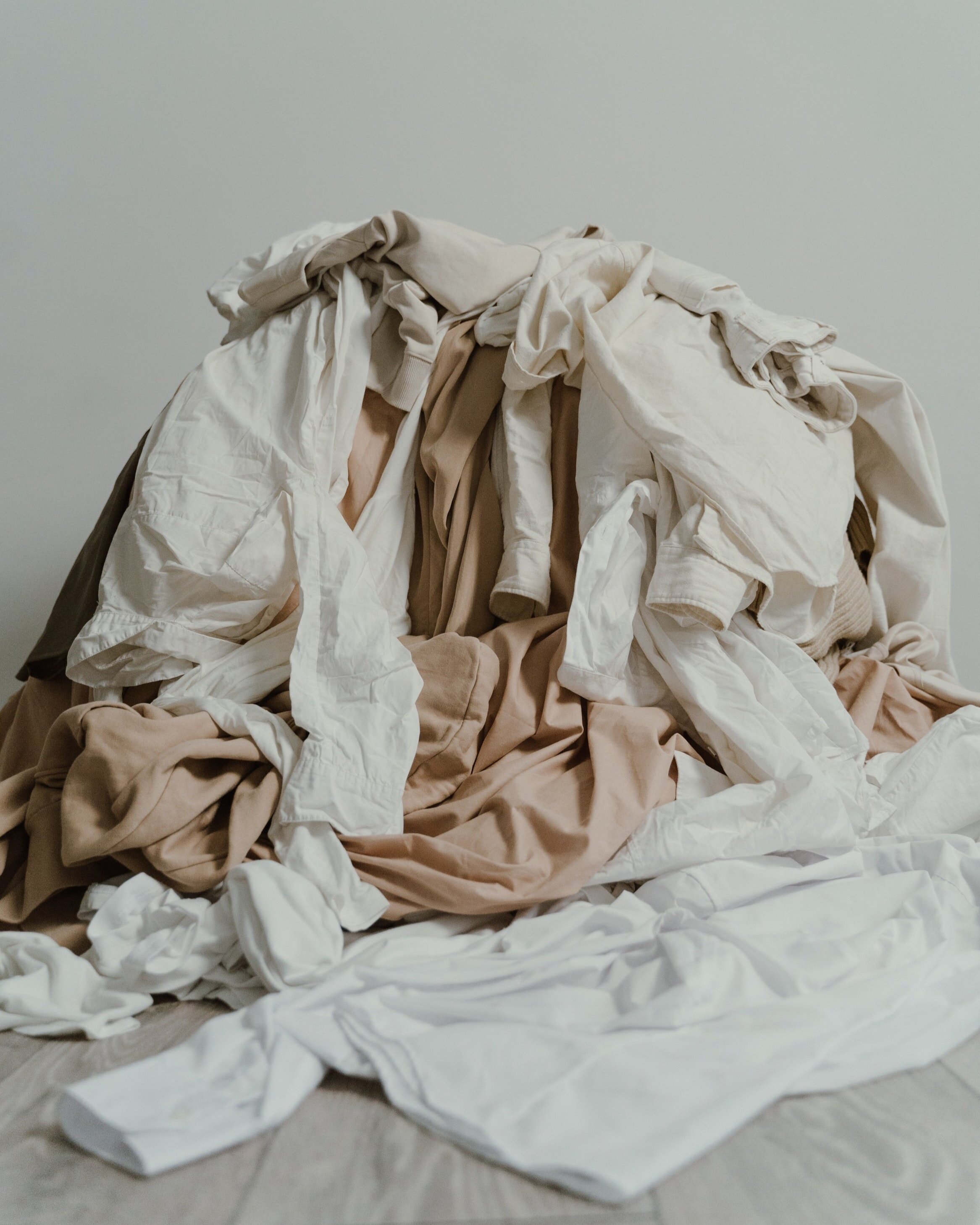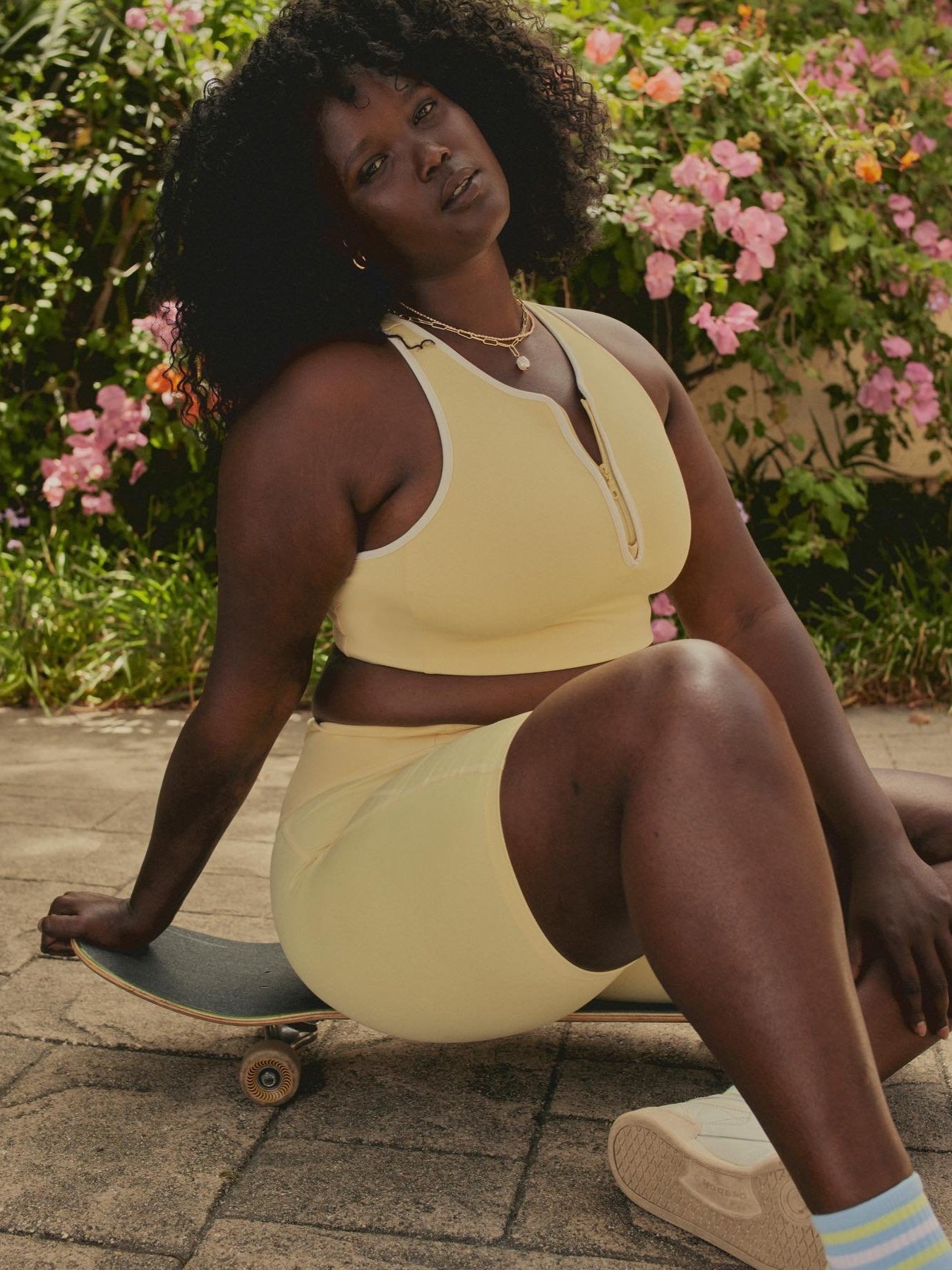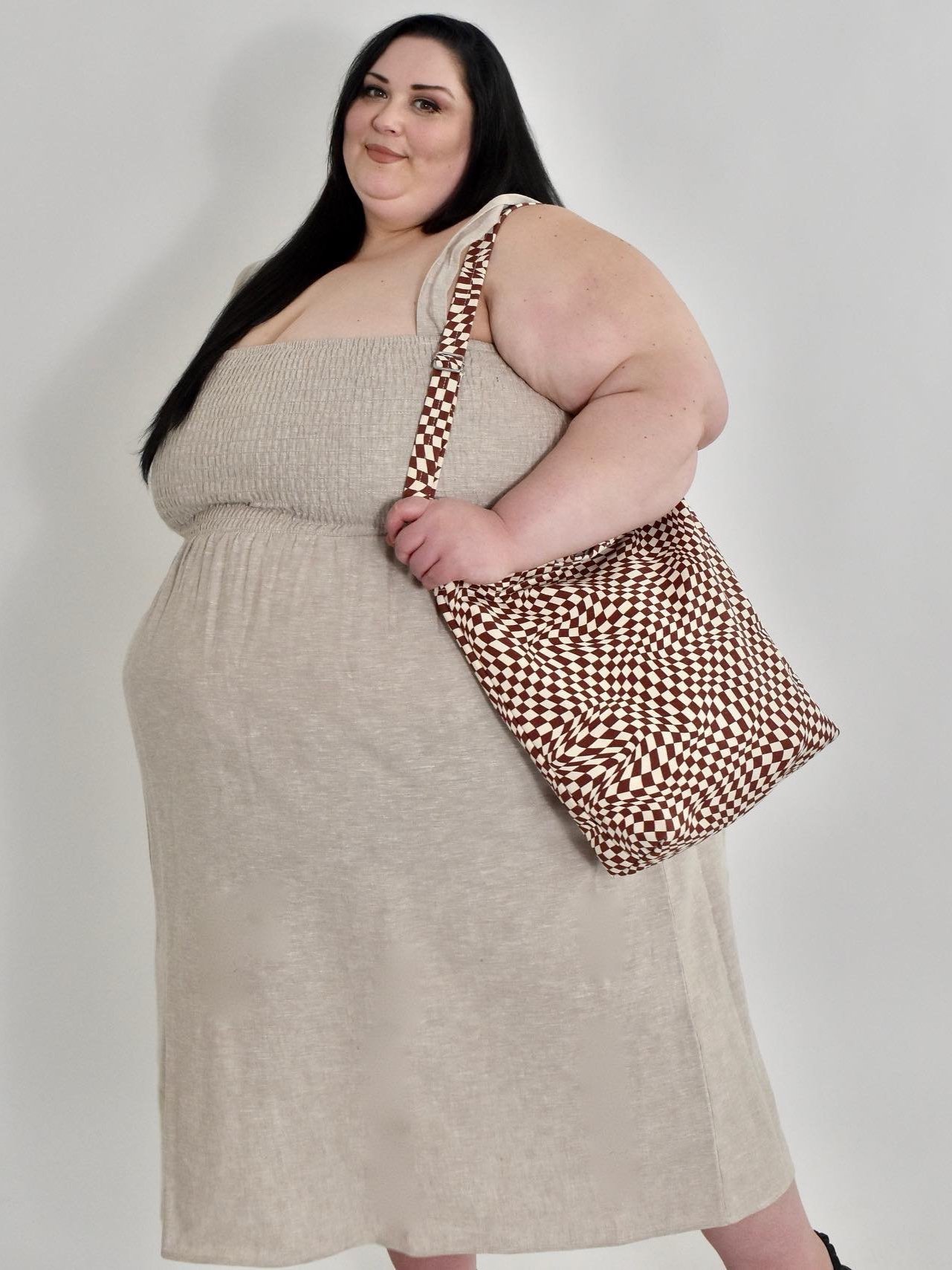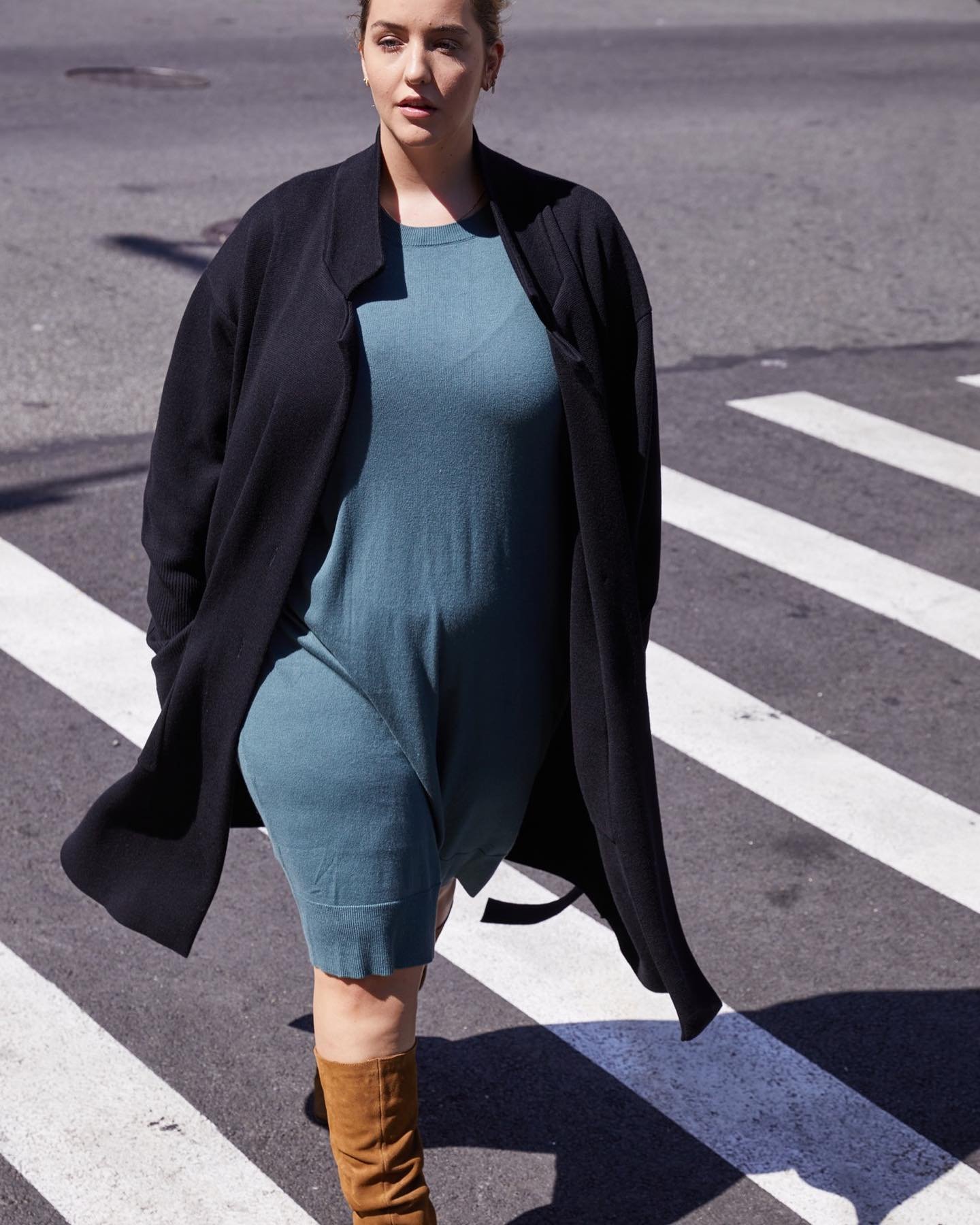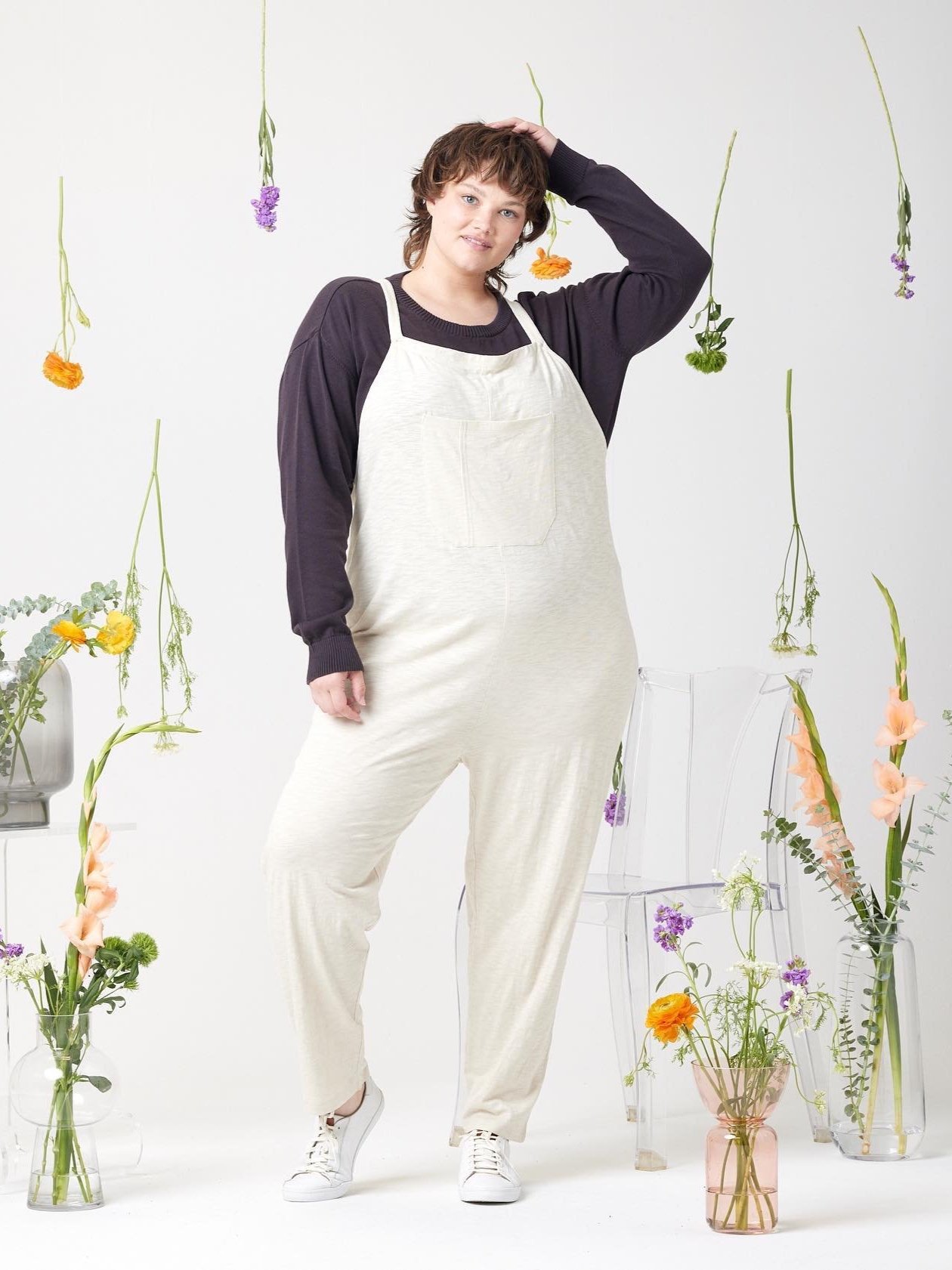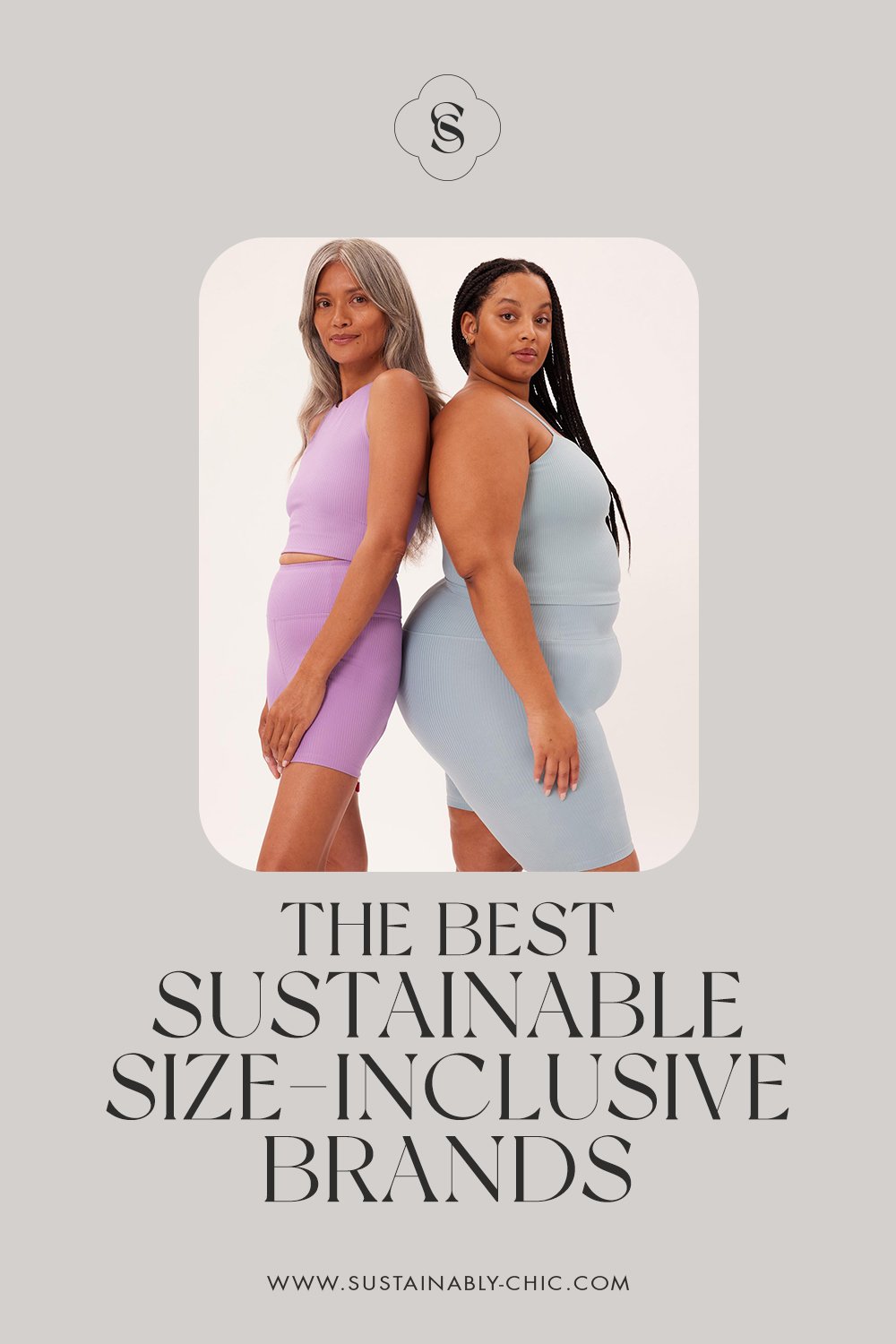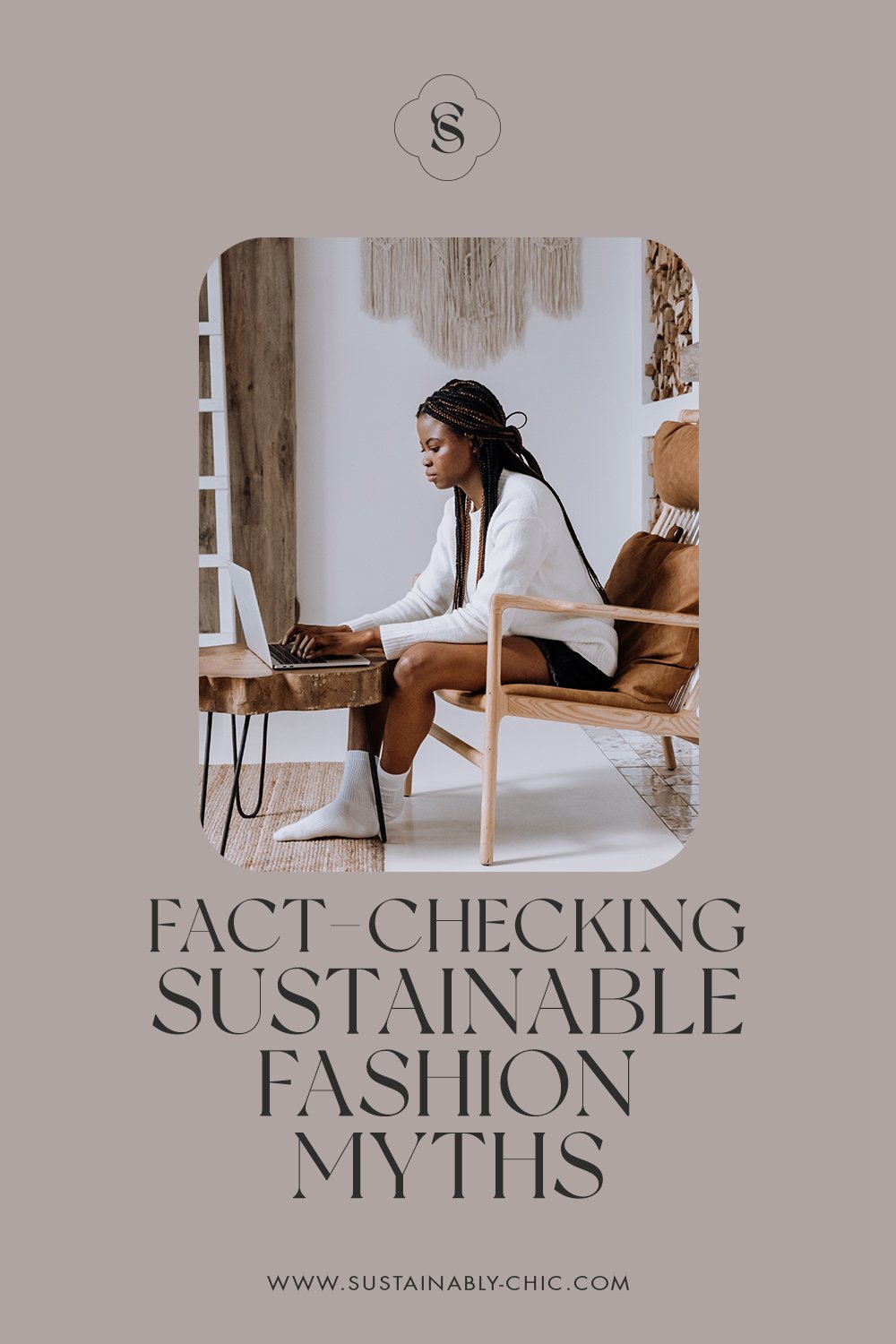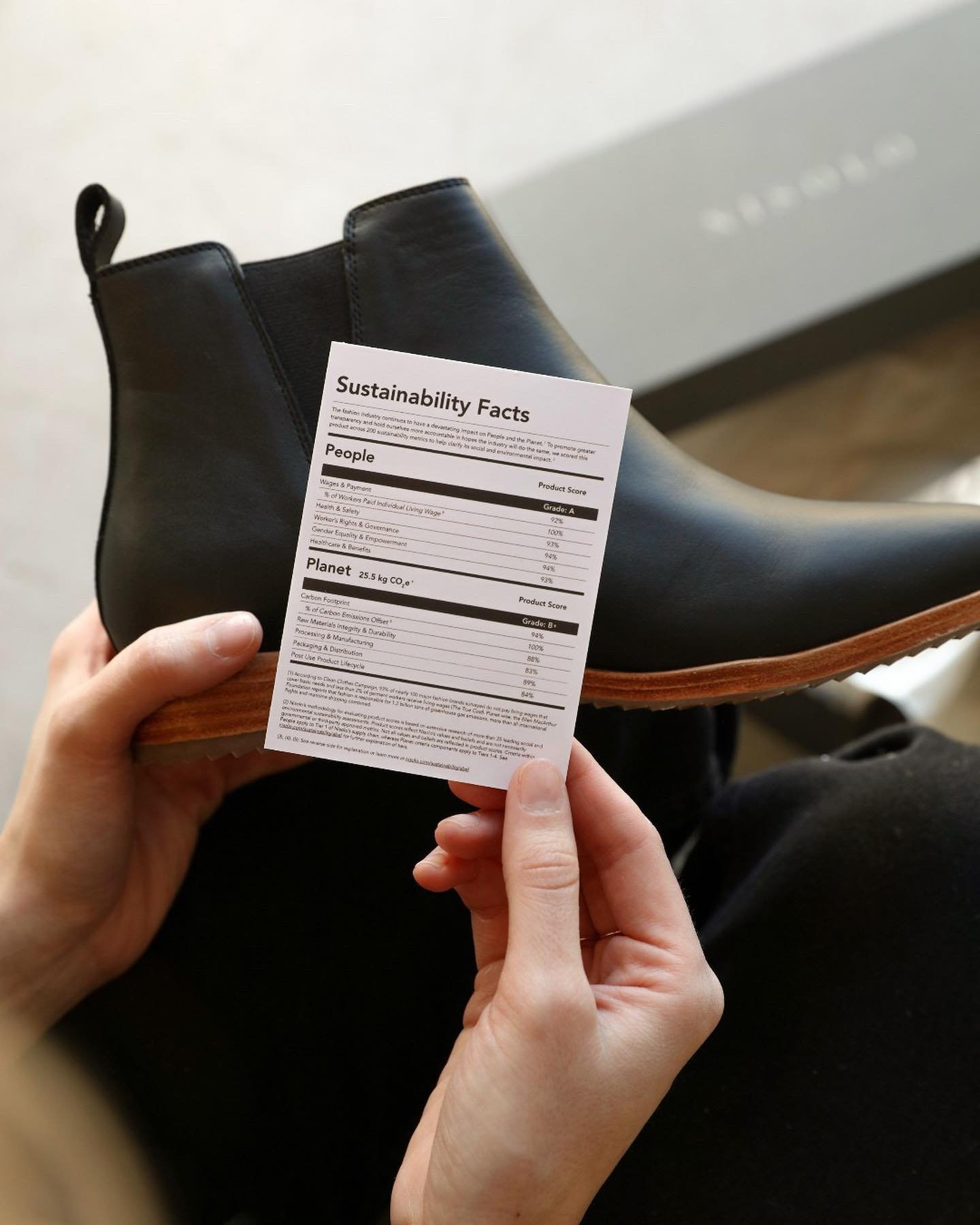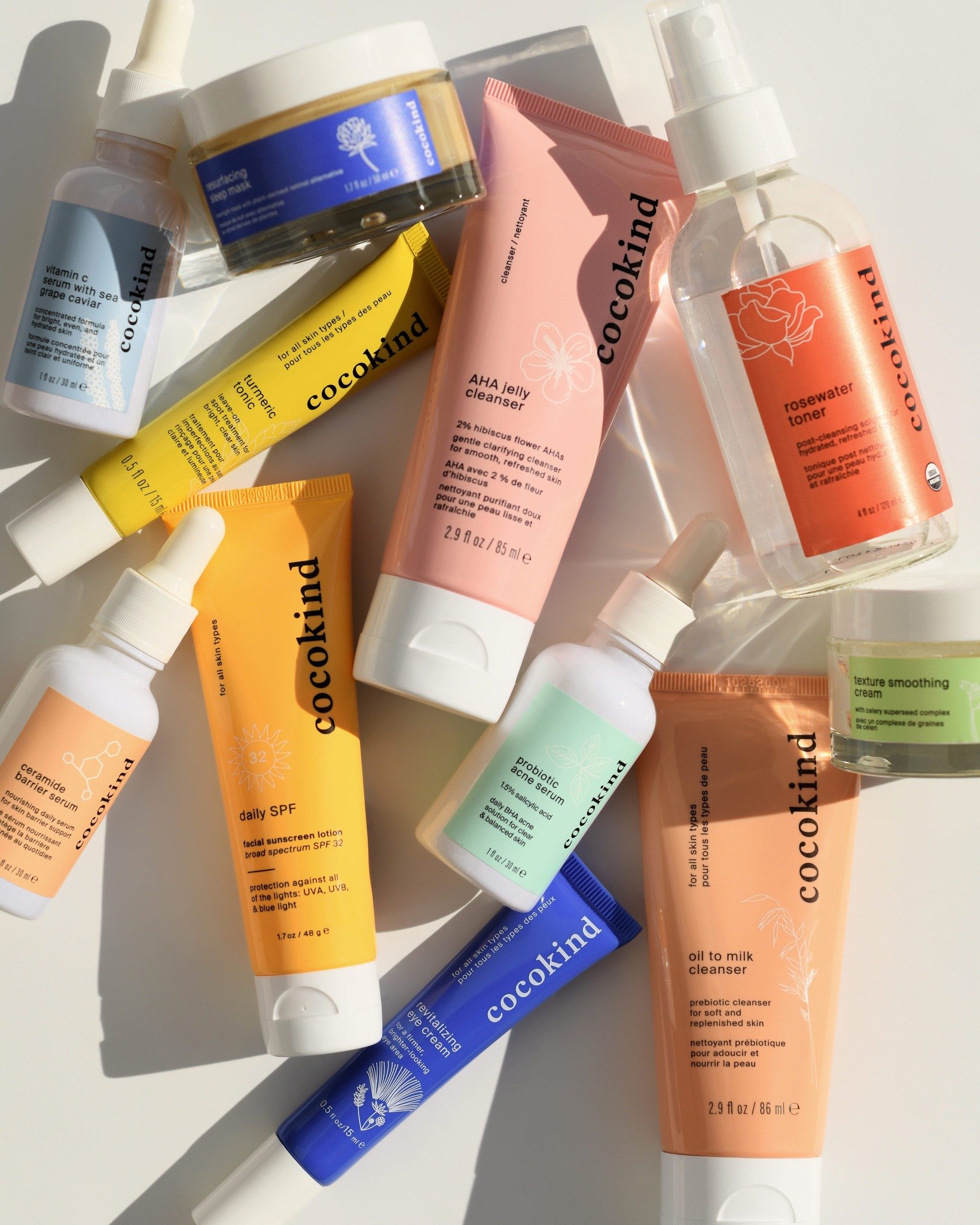Image: Uye Surana
Disclosure: Some of the links below are affiliated; we may earn a small commission if you click through and make a purchase. We only ever add brands & products we truly believe in. Thank you for supporting the brands who are making the fashion industry a better place!
The Best Sustainable Size-Inclusive Bras
These brands are doing a much better job at being size inclusive than other underwear brands - and I’m sure every woman has struggled with finding the perfect fitting bra sometime in their life. A few of these lines are all about support, some about comfort and active lifestyles, and all are ethically made. While we don’t agree with all of the fibers used, it’s nearly impossible to find a supportive bra made without any synthetics. So we think it’s important to have more brands on here that are doing the work to make ethical clothing more accessible to everyone!
A side note: the first two brands offer underwire bras while the others do not. If the underwire is MUST for you, and you have found a sustainably-minded brand offering them, please let us know in a comment below :) We would love to add more!
1) Cosabella
Sizes | Curvy (DD-H), Standard (A-D), Extended (C-F), Petite (A-D), Maternity
Price | $28-200
Materials | Lace Polyamide, Cotton, Polyester, Silk
From petites to plus sizes, this ethical brand is making gorgeous, sexy bras for all types of bodies. They have wireless or wired, strap or strapless, solid colors and prints, and all are made in Italy. Cosabella means "beautiful thing" in Italian and was founded by husband and wife Valeria and Ugo Campello.
use code SUSTAINABLYCHIC for 15% off your first order
2) JulieMay
Sizes | 30B-40G/42DD & UK 8-18
Price | $81-92
Materials | Organic Pima Cotton/100% Pure Silk
Made from certified Organic Pima Cotton and 100% Pure Silk, this is one of the softest collections of eco-friendly bras available! In addition to their briefs, JulieMay carries a wide variety of bra styles: supportive underwired, back support, sport, front fastening, and non-wired bralette. Plus, their designs are made for sensitive skins and are certified Allergy Free UK.
3) Girlfriend
Sizes | XXS-6XL
Price | $38
Materials | Recycled Plastic Bottles
If you are looking for a sports bra, this is the place to go! They have many different colors, styles, and sizes to find the perfect one for your workout routine and those days you don’t feel like wearing a bra-bra. Girlfriend Collective uses recycled plastic bottles for their collections, and they have a true cult following because things sell out quickly!!
4) Uye Surana
Sizes | XS-3XL
Price | $28-87
Materials | Nylon, Poly Lace, Bamboo
This brand makes so many gorgeous bras it’s hard to choose a favorite! Uye Surana, an NYC-based brand, is known for their beautiful designs that have been extensively fit-tested to optimize comfort and offer support across our inclusive size range. Not only are the designs lovely to look at, but they are also comfortable to wear!
5) Knickey
Sizes | XXS-XXXL
Price | $48
Materials | Organic Cotton, Recycled Nylon, Tencel, Spandex, Elastane
All of Knickey's pieces are made of GOTS-certified organic cotton, which means they are super soft and breathable. Their products are all Fair Trade and OEKO-TEX certified, so you know they are both ethically made and free of harmful substances like carcinogens and endocrine disruptors.
6) WAMA Underwear
Sizes | XS-4XL
Price | $38
Materials | Hemp, Organic Cotton
WAMA is known for its hemp undies but has since come out with two styles of bras - a triangle and a racerback (pictured). We think hemp is such a fantastic fiber, and we published a post about the cost of hemp and how supporting brands like this can help make it more accessible in the future!
7) Smartglamour
Sizes | XXS-15X
Price | $25-50
Material | Cottons, Polys
This is one of the most inclusive brands regarding sizing. SmartGlamour makes all of its clothing in NYC, and they purchase all its fabric in town to save on its carbon footprint. You can even customize your garments, which more brands need to offer. The prices are also more affordable than other sustainable brands.
MAKE SURE TO PIN THE PHOTO BELOW TO SAVE THIS POST FOR LATER!
WANT MORE SUSTAINABLE BRANDS? VISIT OUR BRAND DIRECTORY!
Our Brand Directory is home to hundreds of sustainable brands, from makeup to cleaning supplies, from underwear to shoes. We have broken everything down by category for easy shopping, along with discount codes unique to Sustainably Chic viewers.


